
Old Rome will be adorned by modern architecture after years of discussion
ROME - After years of heated discussions, a modern building will be unveiled this month in the historic center of Rome, something that has not been seen in this part of the Italian metropolis for decades. The minimalist design of the Ara Pacis museum by American architect Richard Meier has managed to be approved by the city hall despite countless attempts to halt the project, reports Reuters.
The new building, which houses the altar of peace erected in the first century by Emperor Augustus in honor of his military victories, will be ceremonially opened on September 23 - five years after the start of construction.
For Meier and for the current left-leaning Roman city hall, it will certainly be an opportunity to celebrate victory over traditionalists who tried to prevent the construction of the glass building at all costs. It will also be a victory over the critical lashes that the government of right-wing Prime Minister Silvio Berlusconi did not hold back.
"This is an extremely significant moment. It is the end of a long and arduous journey that had to overcome enormous controversy. But we did it," says city planning director Roberto Morassut. He does admit that "the new building above the Ara Pacis is not the first manifestation of modern architecture in Rome, but it certainly ranks among those that have stirred the greatest passions".
The upcoming celebrations coincide with the date of Augustus's birth. However, the entire building will have to wait until next April for a complete opening - from September 23, only part of the exhibition will be accessible, and that will be once a week and accompanied by guides.
Controversial discussions began in 1995 when Meier won the contract for a glass rectangle to cover Augustus's altar, located on the banks of the Tiber near the emperor's mausoleum. The glass building was meant to replace the crumbling modernist structure built during the rule of fascist dictator Benito Mussolini.
Meier has worldwide renown, being the author of the Getty Museum in Los Angeles, for instance. However, making a name for himself in Rome was not easy at all; critics compared his design to a gas station and complained about the "Losangelization" of the Italian metropolis.
"Given that no modern building has been constructed in the historic center of Rome since the days of Mussolini, I hope that the Museum of the Altar of Peace will become a milestone," the architect confided to the agency.
His plans nearly failed when Berlusconi came to power in 2001. Opposition to the construction was particularly led by Minister Vittorio Sgarbi, who had to leave his position due to embezzlement.
Supporters of modernist architecture in Rome welcome the fact that Meier's building will bring a breath of fresh air to the capital. According to them, Rome is too jealous of preserving the untouchability of its multi-layered past and has thus forgotten about the present.
Meier himself described his interpretation of the new building above Augustus's altar as a "significant project that demonstrates Rome's ability to enter the 21st century".
> more also at http://www.arapacisaugustae.it/progetto.html
The new building, which houses the altar of peace erected in the first century by Emperor Augustus in honor of his military victories, will be ceremonially opened on September 23 - five years after the start of construction.
For Meier and for the current left-leaning Roman city hall, it will certainly be an opportunity to celebrate victory over traditionalists who tried to prevent the construction of the glass building at all costs. It will also be a victory over the critical lashes that the government of right-wing Prime Minister Silvio Berlusconi did not hold back.
"This is an extremely significant moment. It is the end of a long and arduous journey that had to overcome enormous controversy. But we did it," says city planning director Roberto Morassut. He does admit that "the new building above the Ara Pacis is not the first manifestation of modern architecture in Rome, but it certainly ranks among those that have stirred the greatest passions".
The upcoming celebrations coincide with the date of Augustus's birth. However, the entire building will have to wait until next April for a complete opening - from September 23, only part of the exhibition will be accessible, and that will be once a week and accompanied by guides.
Controversial discussions began in 1995 when Meier won the contract for a glass rectangle to cover Augustus's altar, located on the banks of the Tiber near the emperor's mausoleum. The glass building was meant to replace the crumbling modernist structure built during the rule of fascist dictator Benito Mussolini.
Meier has worldwide renown, being the author of the Getty Museum in Los Angeles, for instance. However, making a name for himself in Rome was not easy at all; critics compared his design to a gas station and complained about the "Losangelization" of the Italian metropolis.
"Given that no modern building has been constructed in the historic center of Rome since the days of Mussolini, I hope that the Museum of the Altar of Peace will become a milestone," the architect confided to the agency.
His plans nearly failed when Berlusconi came to power in 2001. Opposition to the construction was particularly led by Minister Vittorio Sgarbi, who had to leave his position due to embezzlement.
Supporters of modernist architecture in Rome welcome the fact that Meier's building will bring a breath of fresh air to the capital. According to them, Rome is too jealous of preserving the untouchability of its multi-layered past and has thus forgotten about the present.
Meier himself described his interpretation of the new building above Augustus's altar as a "significant project that demonstrates Rome's ability to enter the 21st century".
> more also at http://www.arapacisaugustae.it/progetto.html
The English translation is powered by AI tool. Switch to Czech to view the original text source.

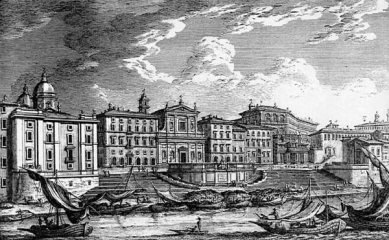
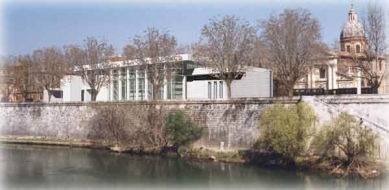
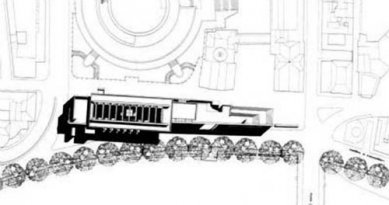
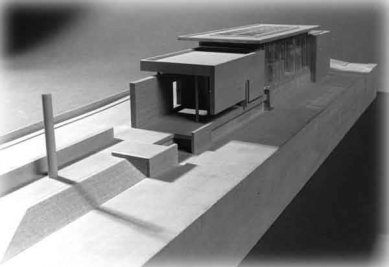
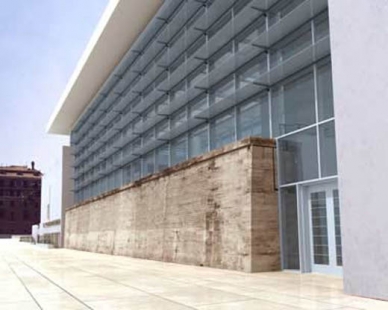
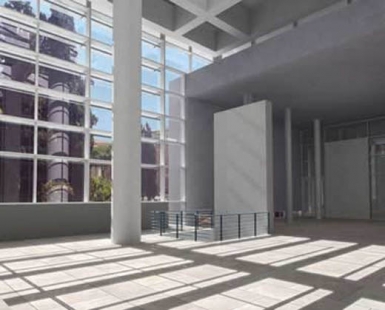
0 comments
add comment






